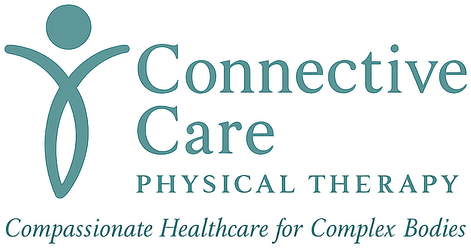What Is Hypermobility — And Why It’s Often Missed
If you’ve ever been told “you’re just flexible,” or “that’s normal for some people,” after describing joint pain, dislocations, or strange fatigue, you’re not alone.
Hypermobility is more than just being bendy. For many people, it’s part of a larger picture that includes joint instability, chronic pain, fatigue, digestive issues, and even anxiety or dizziness. And yet — it’s often misunderstood, dismissed, or misdiagnosed.
So, what is hypermobility?
At its core, hypermobility means that your joints move beyond the normal range expected for that joint. This can happen due to differences in collagen — the protein that helps form ligaments, skin, and other connective tissue.
Some people have isolated hypermobility in one or two joints. But for others, it’s widespread, and may be part of a connective tissue disorder like Hypermobility Spectrum Disorder (HSD) or hypermobile Ehlers-Danlos Syndrome (hEDS).
Common signs of systemic hypermobility:
Frequent sprains, dislocations, or subluxations (joints that slide out of place)
Chronic pain that moves around or seems out of proportion to injury
Extreme fatigue that’s hard to explain
Poor proprioception (sense of body position)
Autonomic issues like dizziness, fast heart rate, or temperature swings
“Clumsy” movement or frequent injuries despite being careful
Why is it missed?
Most clinicians aren’t trained to screen for hypermobility syndromes unless the patient presents with very obvious symptoms — or they’re already looking for something like EDS. Pain may be attributed to anxiety, “bad posture,” or inactivity. But without the right framework, these conditions can go unrecognized for years.
How can PT help?
Physical therapy can play a huge role — but only if it’s done right. For hypermobile patients, standard exercise plans can actually worsen symptoms.
At Connective Care Physical Therapy, I focus on:
Nervous system regulation
Proprioceptive retraining (building body awareness)
Stabilization strategies that don’t overwork your body
Pacing tools that help you do more with less crash
The goal isn’t to “fix” you — it’s to support your system so you can move with more comfort and confidence.
You’re not imagining it. And you’re not alone.
If any of this feels familiar, there’s nothing “wrong” with you — your body just plays by a different rulebook. And once we understand it, we can work with it.
Want to learn more or see if we’re a fit?
[Give us a call at (631) 448-3764 or email at diana@connectivecarept.com]

